The Enterprise: The Potential of Enterprise Portals
One thing we are not short of today is information. Our information comes from traditional printed sources such as books, magazines, newspapers, subscription reports and newsletters; from audio sources such as radio; from video sources such as free-to-air television or cable TV; from e-mail; and from word of mouth. The saving grace with some of these information sources is that they are limited only to those who have subscribed to receive that information.
Not any more. Today, and certainly more so in the future, each of these sources is moving to the Internet. They are offered as free services, where the cost of preparation is paid not by subscription but by advertising. Even word of mouth, previously a reliable source of information from people you knew personally and whose opinion you trusted, has moved to the Internet in newsgroups and chat rooms but with opinions offered by people, perhaps in another country, who are totally unknown to you. Both accurate and inaccurate comments now circle the globe at electronic speed.
E-mail is the killer application of the Internet and corporate intranets. Enormous knowledge is retained in corporate e-mail archives. Corporate e-mail is a knowledge resource that is of great value, yet until now it has been largely inaccessible.
Text searches on the Internet by traditional search engines are largely ineffective; a simple query can return thousands of links containing the entered keywords or search phrase. Only a small fraction of these may be relevant, yet each link must be manually investigated to assess its content if relevancy ratings are not also provided.
The problem is no less severe with enterprises. We are inundated with information. To the credit of the information technology (IT) industry, at least this information is being organized and made more readily available through data warehouses. Most information in data warehouses is based on structured data sources. Data warehouse products that use Internet technologies are also now becoming available. These valuable information tools can be used within an enterprise across the corporate intranet. The information is thus more readily available.
We discussed in earlier columns that structured data represents only 10 percent of the information and knowledge resource in most enterprises. The remaining 90 percent exists as unstructured data that has been largely inaccessible to data warehouses. Text documents, e-mail messages, reports, graphics, images, audio and video resources all are valuable sources of data, information and knowledge that have been untapped. They exist in physical formats that have been difficult to access by computer as if they were behind locked doors.
The technologies are now available to open these doors. XML is one technology. XML enables structured and unstructured data sources to be integrated easily. Organizations will develop new business processes and systems based on this integration, using business reengineering and systems reengineering methods. They will at last be able to break away from the business process constraints that have inhibited change in the past.
The term enterprise information portal (EIP) was first used in a report published by Merrill Lynch on November 16, 1998. This report states:
"Enterprise information portals are applications that enable companies to unlock internally and externally stored information, and provide users a single gateway to personalized information needed to make informed business decisions. Enterprise information portals (EIP) are an emerging market opportunity; an amalgamation of software applications that consolidate, manage, analyze and distribute information across and outside of an enterprise (including Business Intelligence, Content Management, Data Warehouse and Mart, and Data Management applications.)"
The report can be found at http://www.sagemaker.com/compa ny/lynch.htm. It discusses the emergence of enterprise information portals as an investment opportunity. A financial summary of the potential of the EIP market from the Merrill Lynch report states:
"We have conservatively estimated the 1998 total market opportunity of the EIP market at $4.4 billion. We anticipate that revenues could top $14.8 billion by 2002, approximately 36 percent CAGR (compound annual growth rate) for this sector."
Software is required for content management, which Merrill Lynch projected to grow from a market worth $1.2 billion in 1998 to $4.7 billion in 2002. Products in the business intelligence EIP market are expected to grow from $2.0 billion to $7.2 billion. The data warehouse and data mart EIP market is projected to grow from nearly $1 billion to $2.5 billion, while the data management market will grow from $184 million to $360 million. The total EIP market, therefore, was projected in the Merrill Lynch report to grow from $4.4 billion to $14.8 billion over the period 1998 to 2002.
Clive Finkelstein is the father of information engineering. Finkelstein has dedicated his efforts to develop and apply methodologies that bridge between business and IT. He is an International Advisory Board member of DAMA International, an international consultant and instructor, and managing director of Information Engineering Services Pty Ltd (IES) in Australia. Finkelstein can be contacted by e-mail at cfink@ies.aust.com.

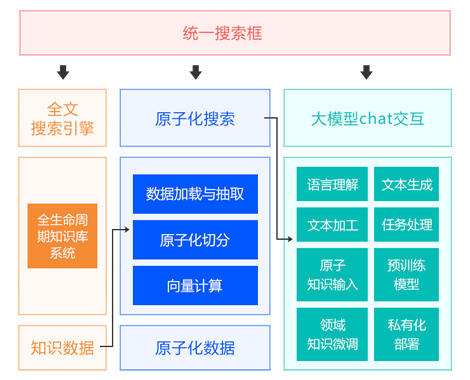

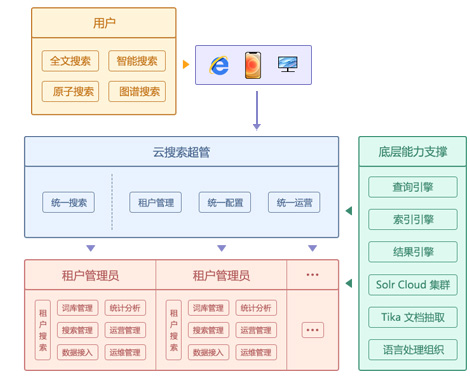
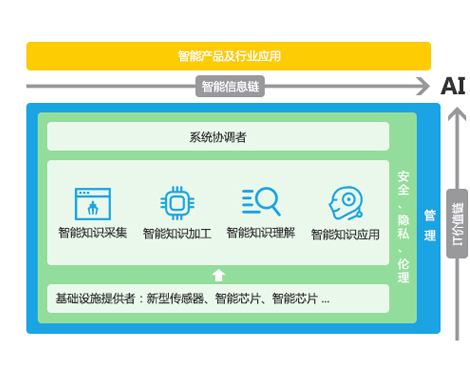
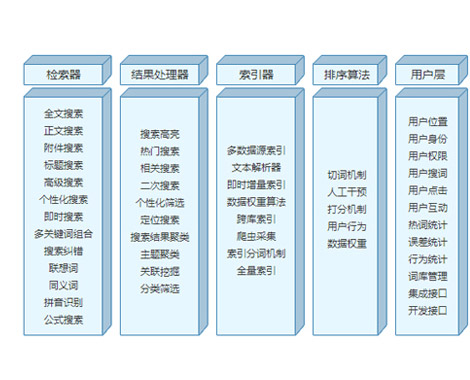
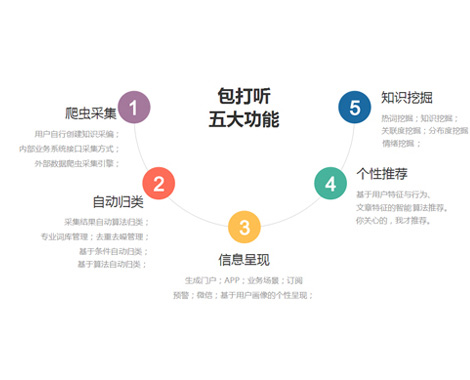
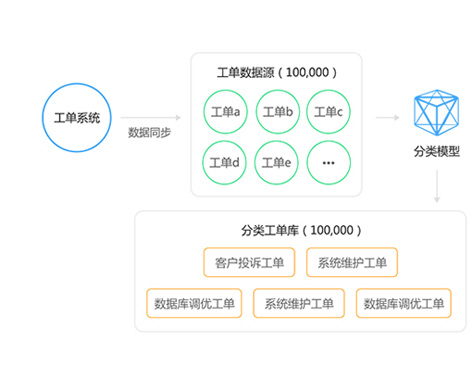
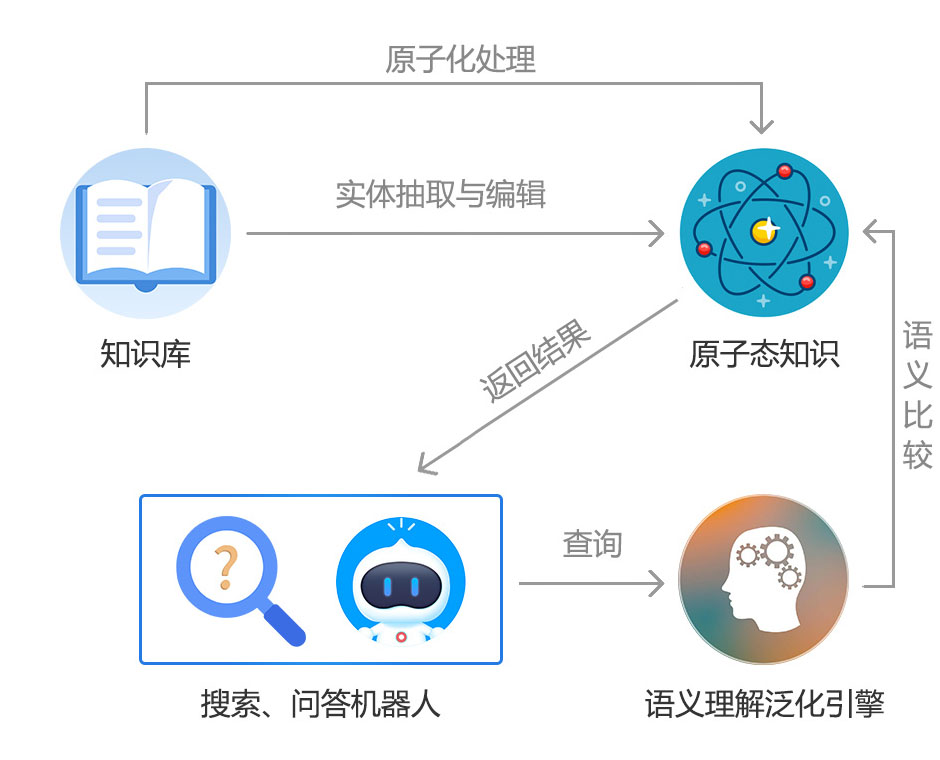
 2017-03-18 10:35
2017-03-18 10:35